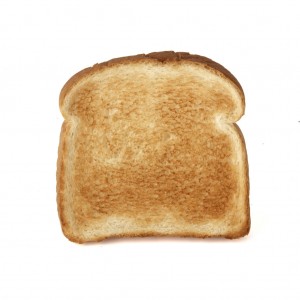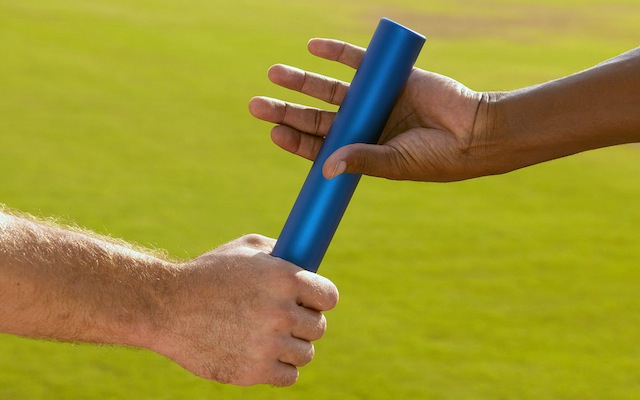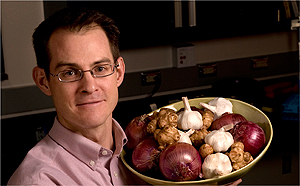Ron Rosedale
A long time ago, maybe 15 years ago, when I was in Asheville, North Carolina, before leptin was discovered, I was doing a lot of research on my patients about insulin, to see what lowered it, what raised it.
I remember one boy who came in, brought in by really nice parents. He was a rolly polly 11-year old. They were both thin, and they were wondering why he was getting fat. He was starting to get ridiculed by his classmates and it was affecting him. His fasting insulin was quite low. So I said, well, let’s see what happens. Let’s feed him half a piece of toast.
I had done this to other people, too. I knew that most people who have toast, it’ll cause their insulin to go from maybe a baseline of 5, which is quite good, to maybe the 30s or 40s, which is somewhat high. (Note-This rise happens during a 2-hour test) I measured his insulin level, after he ate a piece of toast, and his insulin levels went into the hundreds.
That is like the Dogrib Indians in Canada who were tested by Emoke Szathmary in the 1980s. During a glucose tolerance test where she measured insulin levels, she noticed an extremely high rise in insulin response among a subgroup of the Dogrib who, over time, proved to be much more prone to develop diabetes when they’re eating the American diet. (When eating their traditional diet of fish and game meat, they did not get diabetes)
RON ROSEDALE
They just become hyperinsulinemic very easily. People will say well, there are differences among people. I say, well there are differences, but the direction is the same. If you feed a piece of toast to anybody, their insulin will go up. That’s the response to sugar. Insulin will go up. I don’t know any organism currently alive where they would eat sugar, glucose or anything starchy, where insulin goes down. It goes up. The genetic difference is how much insulin goes up. Some become much more hyperinsulinemic than others. They’re the ones who will become more rapidly insulin resistant. Because they do have a high spike, and it’s going to stay high for a longer period of time. It’s more extreme. The response is in the same direction, but more extreme.
And the previous generation’s exposures to sugar may predispose the next generation to the more susceptible to having this extreme response. That may be why one generation, such as thin parents, can drink sodas and eat french fries, and the next generation, which shows up as more overweight on the same food, is the one that has problems from those foods.
RON ROSDALE
One of the things scientists are finally coming to grip, hopefully sooner rather than later, is the importance of genetics are not the genes you have but how they’re expressed, and genetic expression can change from meal to meal. You don’t have to wait a hundred thousand years for your genes to change. We need to concentrate on regulation on genetic expression and not paying so much attention to what genes a person has, which is where the focus has been for the last 50 years.
Editor’s note – The reason this post is interesting to me is that many diabetics, wisely, don’t like to do a 2-hour glucose tolerance test because the overall load of sugar is so high – around 80 grams of sugar all in one gulp. In fact, it’s not a test that’s recommended for someone who’s diagnosed as diabetic. It’s considered too harsh for a body that’s already stressed. Additionally, most glucose tolerance tests are not done while measuring insulin, so a key variable is completely overlooked. Ron Rosedale’s toast test seems an unorthodox, but informative alternative test for people who are curious about how they might fair, in terms of their blood sugars and insulin levels, with a glucose challenge. After all, a piece of toast does have carbs, which will turn into sugar. But it’s more like 25 grams of carb, so it’s not as brutal a hit to the body as a glucose tolerance test is. By measuring insulin levels along with the glucose levels, it gives a clearer idea of how much insulin resistance is part of the picture. The higher the insulin response to the toast, the more likely that insulin resistance is in play. But it also might be a warning sign of someone whose body is more susceptible to high responses to sugar . . . which would be an early warning sign that this person is more likely to become insulin resistant from eating high carb foods, OR that this person’s pancreas works so hard in response to sugar, it might be more prone to burning out. Or both.








2 comments for “Ron Rosedale – The Toast Test”